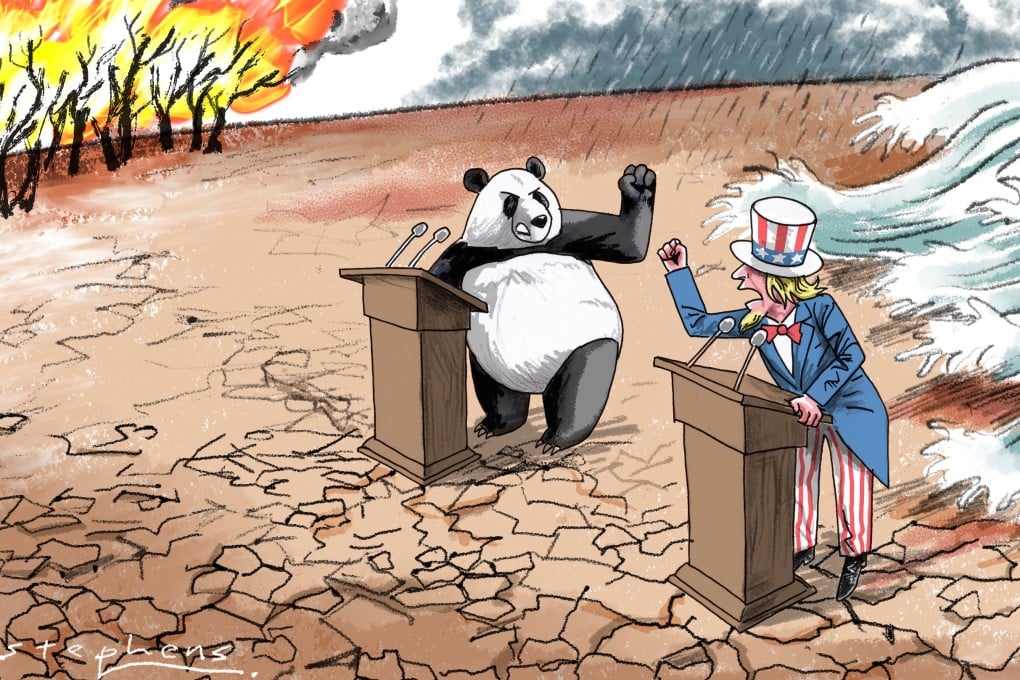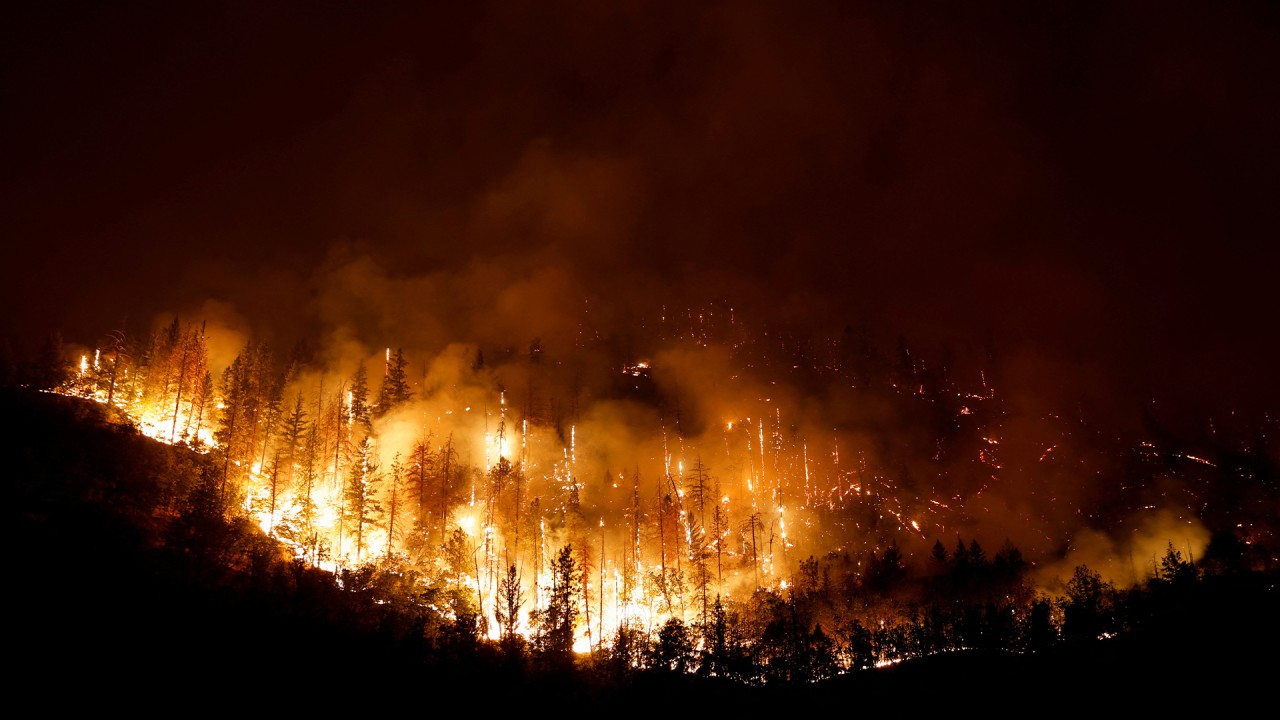Opinion | Heatwaves and drought must turn US and China away from rivalry towards cooperation on climate change
- The world’s two largest economies have a responsibility to lead the fight against climate change, but have instead adopted a divisive tit-for-tat strategy
- In addressing the climate challenge, they could learn from water management in Israel, flood control in the Netherlands, and vertical farming in the UAE

The United States and China may be on different geopolitical paths but they face a common climate crisis. Instead of expending all their efforts on competing against each other, the world’s two biggest economies have a responsibility to address the climate threat – before it is too late.
This tit-for-tat strategy threatens to split the world into at least two blocs. It would take much effort but generate little benefit, if any. Meanwhile both countries, along with many others, continue to suffer from extreme weather, which severely affects lives and economies.
In the US, the number of wildfires and size of burnt areas have increased over the past decade. From January to July this year, more than 39,000 wildfires left close to 6 million acres burnt. Although half the country is in drought, six rare one-in-1,000-year rain events occurred last month, causing flash floods and destroying homes.

